The Left 4 Dead spiritual successor that leaves a lot to be desired and yet there’s something about it that pulls me back in session after session.
Picking up where the cult classic Left 4 Dead left off, Back 4 Blood revives the Co-Op shooter zombie fest (now known as Ridden) while integrating their own ideas to keep players coming back for more… When everyone understands/utilises mechanics and communicates with each other that is.
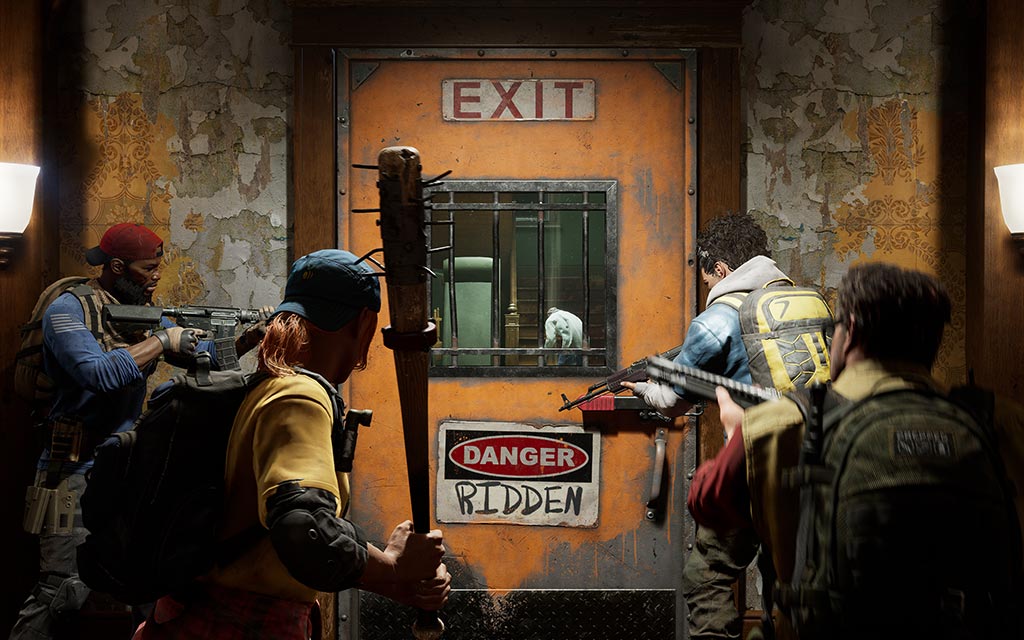
While nobody plays co-op style shooters like this for the plot. Back 4 Blood is a more serious take on the post apocalypse storyline in comparison to Left 4 Dead. It struggles with a somewhat disjointed narrative leading you to more fully embrace the gameplay and the characters as individuals over the plot. The anecdotal in-game chatter as you find new areas and points of interest is genuinely more compelling than the story thanks to a comparatively larger cast (with more on the way in DLC) than its predecessor all with a different take on the circumstances before them and where they’ve come from pre-apocalypse. Mom is a favourite.
Adopting typical trends of the loot and shoot genre with rarity-based weapon variations, attachments and money in the form of “Copper” you’d be right in thinking that Back 4 Blood rewards a slower and more methodical approach to exploring the levels… which is unfortunately lost on what feels like a large portion of the player base who like to run and gun, all the while being seemingly oblivious to you using the ping system to highlight supplies, money and other helpful items to put you in good stead for the later levels… or horde attacks.

Back 4 Blood introduces a unique layer of longevity with a free-to-play style of currency rewarded upon level completion called “Supply Points” that can be spent on cosmetics; sprays, banner art, logos, new outfits (or parts of) and most notably, skill cards.
These skill cards allow you to build a 15-card deck full of perks which when used right specialises your character in a certain field of play whether that is melee, medical, sprinter or a weak spot multiplier and the 8-character roster all lend themselves to specific weapon and card loadouts based on their innate traits. Leaning on these traits for the hardest difficulty is the only surefire way to survive! This in turn adds a degree of replayability and enjoyment that’s unique from the genre… truth be told it’s what makes Back 4 Blood so enthralling to play - the experimentation and optimisation of your decks vs. how they compliment the team, how they play and how they feel keeps the game fresh with every session. When you find a team that works well together, it elevates the game to a whole other level of gratifying co-operative play that even at 2am I couldn’t put down… (Especially because I knew they were my best shot at completing nightmare mode). If I could ask for one thing though, I’d love to see the names of decks other people are using in the ready up screen so I have a better idea of what loadout to pick for myself rather than seeing “Custom Deck” all the time.
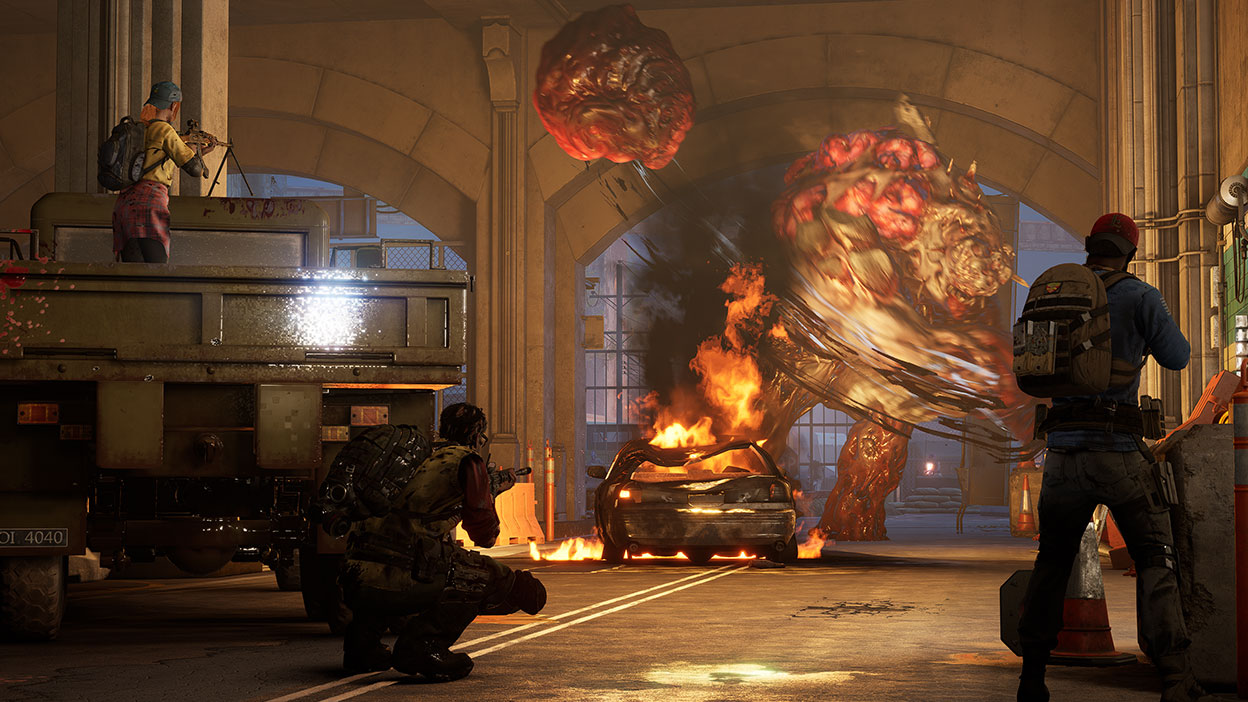
It’s not just you who can use skill cards however, the A.I. director has their own selection known as “Corruption Cards” that can hinder and add another level of hardship that escalates with how well the team is performing. With more mutations and special enemy types than Left 4 Dead, The A.I. director can quite frustratingly cut short any smooth runs with well-timed and ruthless plays of these cards mid-level. Any hope of everyone surviving the level can be destroyed in seconds with an onslaught card. (It’s happened) Walking through the swamp just to be met by 3 Crushers and 2 Reekers is rage inducing to say the least… But it feels good if you can endure it.
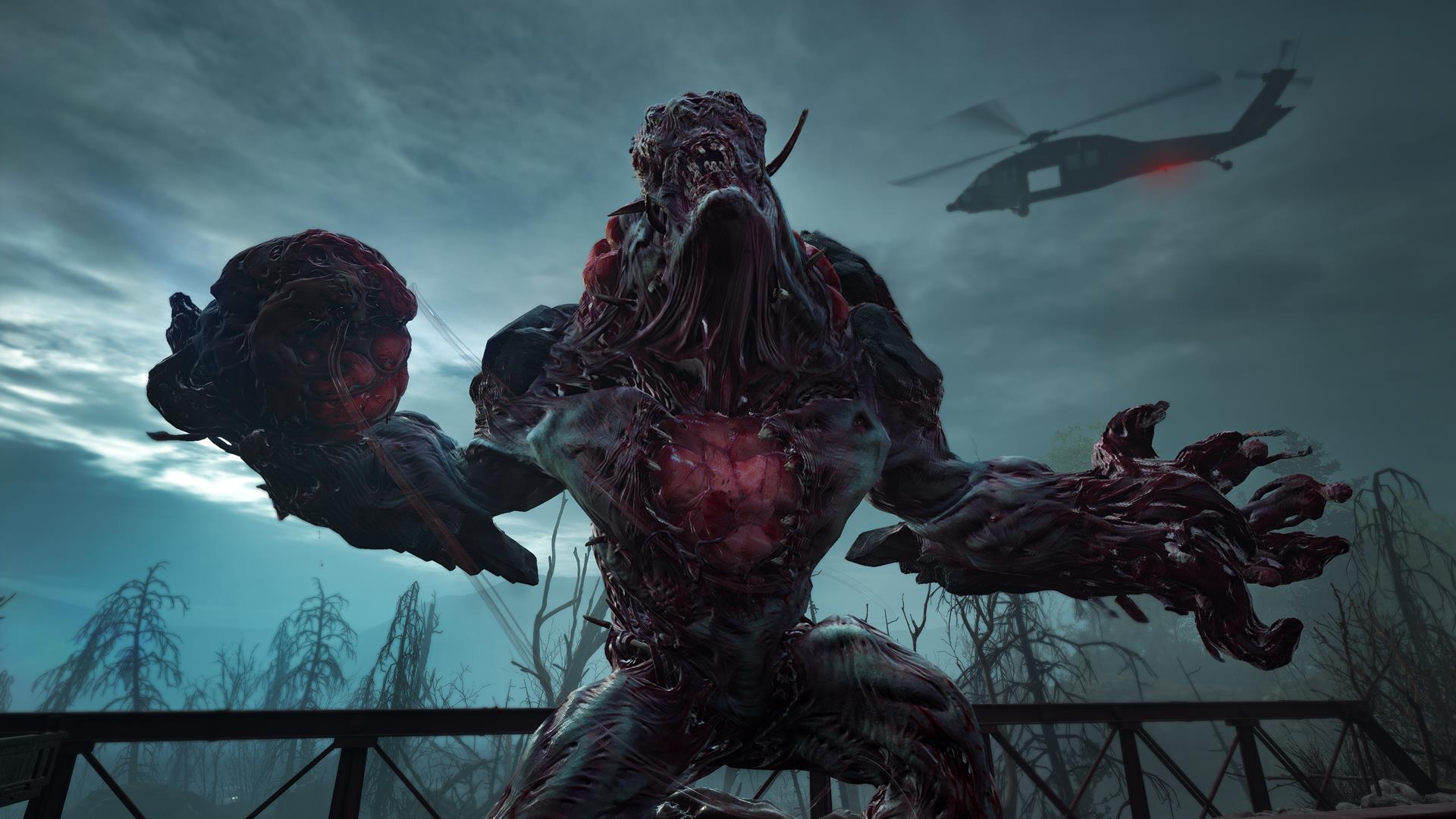
A forewarning for any last gen players; frame rates are erratic and the ridden have a habit of teleporting location in the more hectic moments which adds a further insult to injury as the aiming system is based on an often too severe and floaty camera acceleration that can only be fixed by lowering the sensitivity so drastically that it puts you at a disadvantage when reacting to an assault from multiple angles. Which is to say the crosshairs will not slow down when gliding over enemy targets. Top tip that’s probably common sense: Group up in a corner whenever possible and use the environment to create chokepoints for the horde.
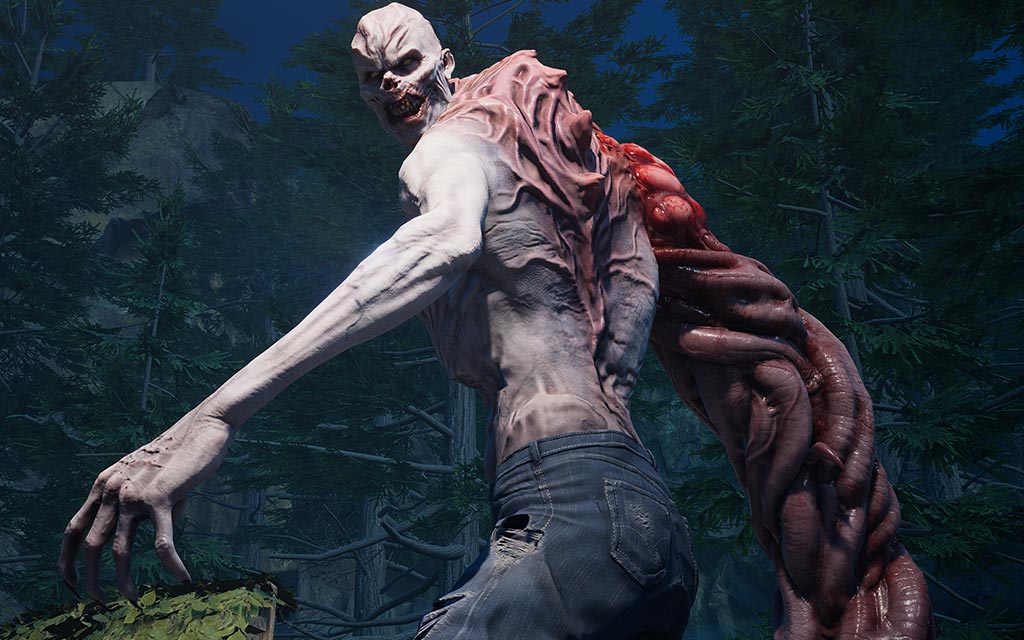
Playing online is an oftentimes loaded roll of the dice in favour of an over abundance of players that have either; not taken the time to build strong decks or choose those that do not compliment the team composition and inevitably lead to team wipes - having to start the game over from the last checkpoint potentially 3 levels previous (Up to 1-2 hours of stress and countless horde attacks depending on how good the team is at avoiding hazards) is upsetting to say the least not to mention how wildly unaware most have been in my experience of sharing copper to afford the all too important item slot upgrades and first aid cabinets to repair permanent health damage known as “Trauma”. It sounds elitist of me to say I realise but when you’re doing your best to help the team, it can be very frustrating.
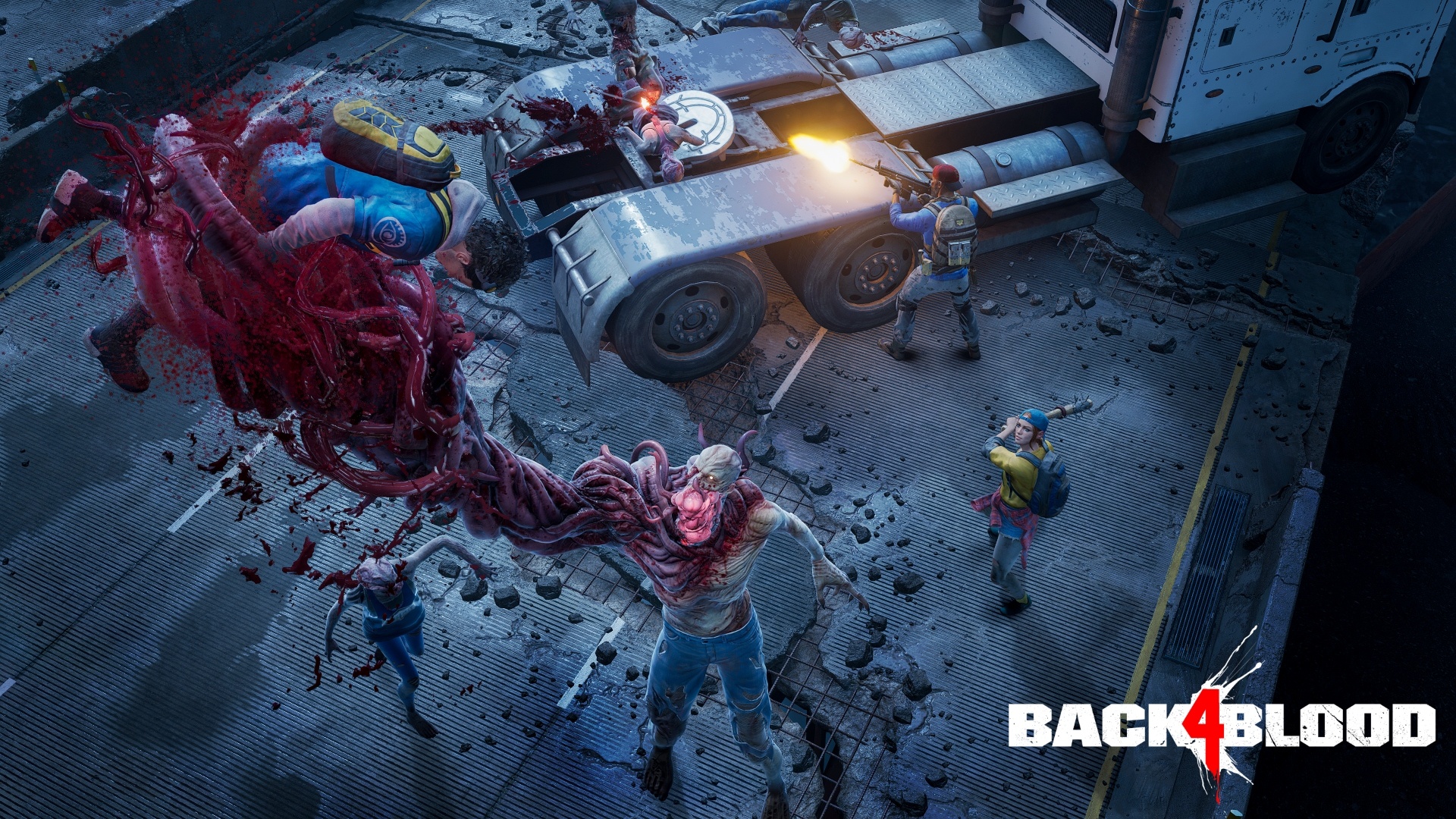
With this in mind, the player base itself has called for a decrease in difficulty and for as much as I’ve said so far considering a lot of my gripes can be remedied by having a usual group of friends to play with or just by being lucky in the matchmaking. The difficulty is what makes the game so enjoyable even as a solo player. I want the challenge of hordes and the imposed idea of teamwork – being receptive to the needs of the team with a minimal amount of communication options outside of voice chat is something that fills me with a sense of achievement that I haven’t felt since playing Splinter Cell: Blacklist’s Co-Op mode. All this to say, when you find a team that you gel with and they all understand the mechanics of the game is when Back 4 Blood truly shines as one of the best co-op shooter experiences you’re likely to find.
